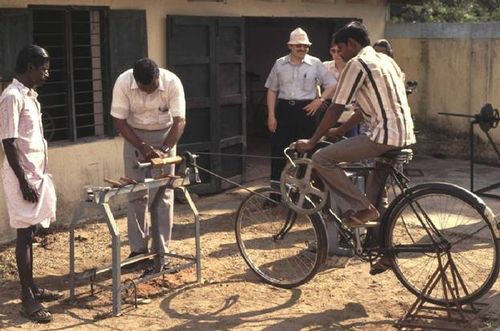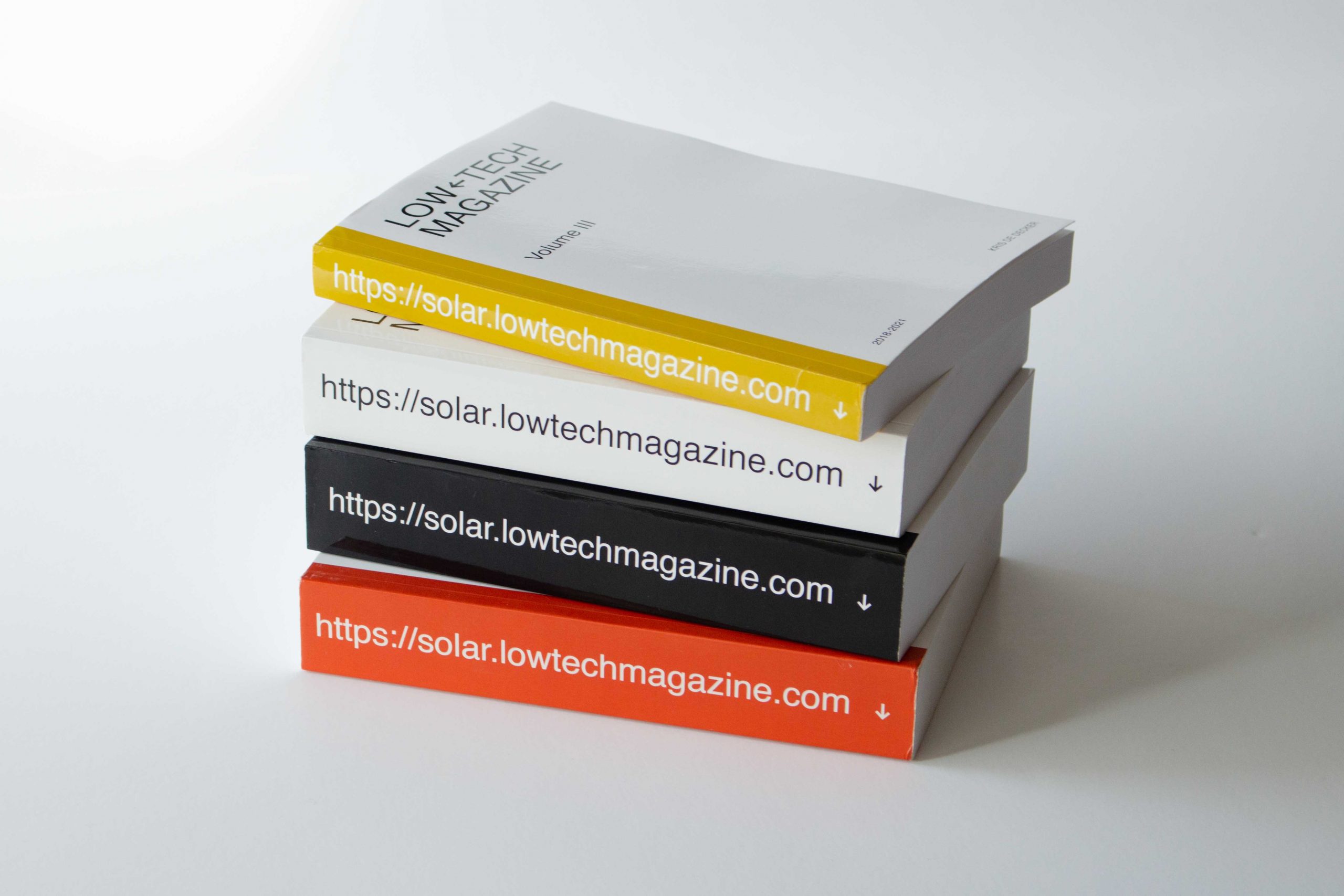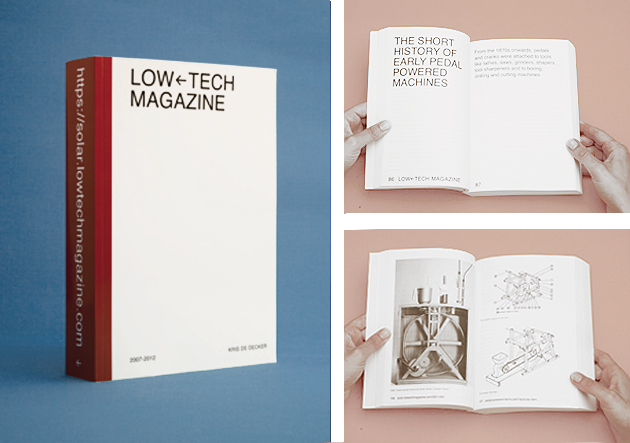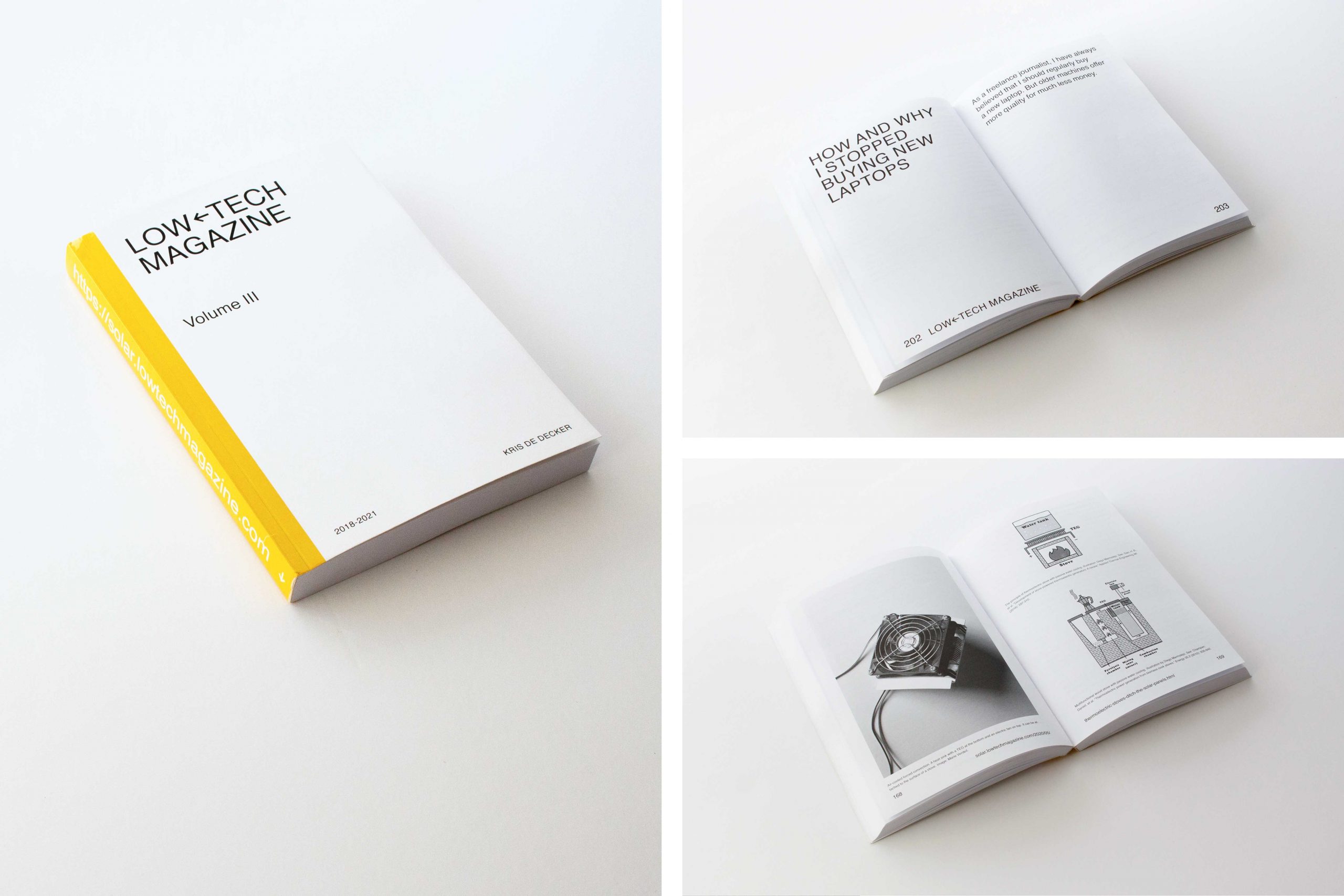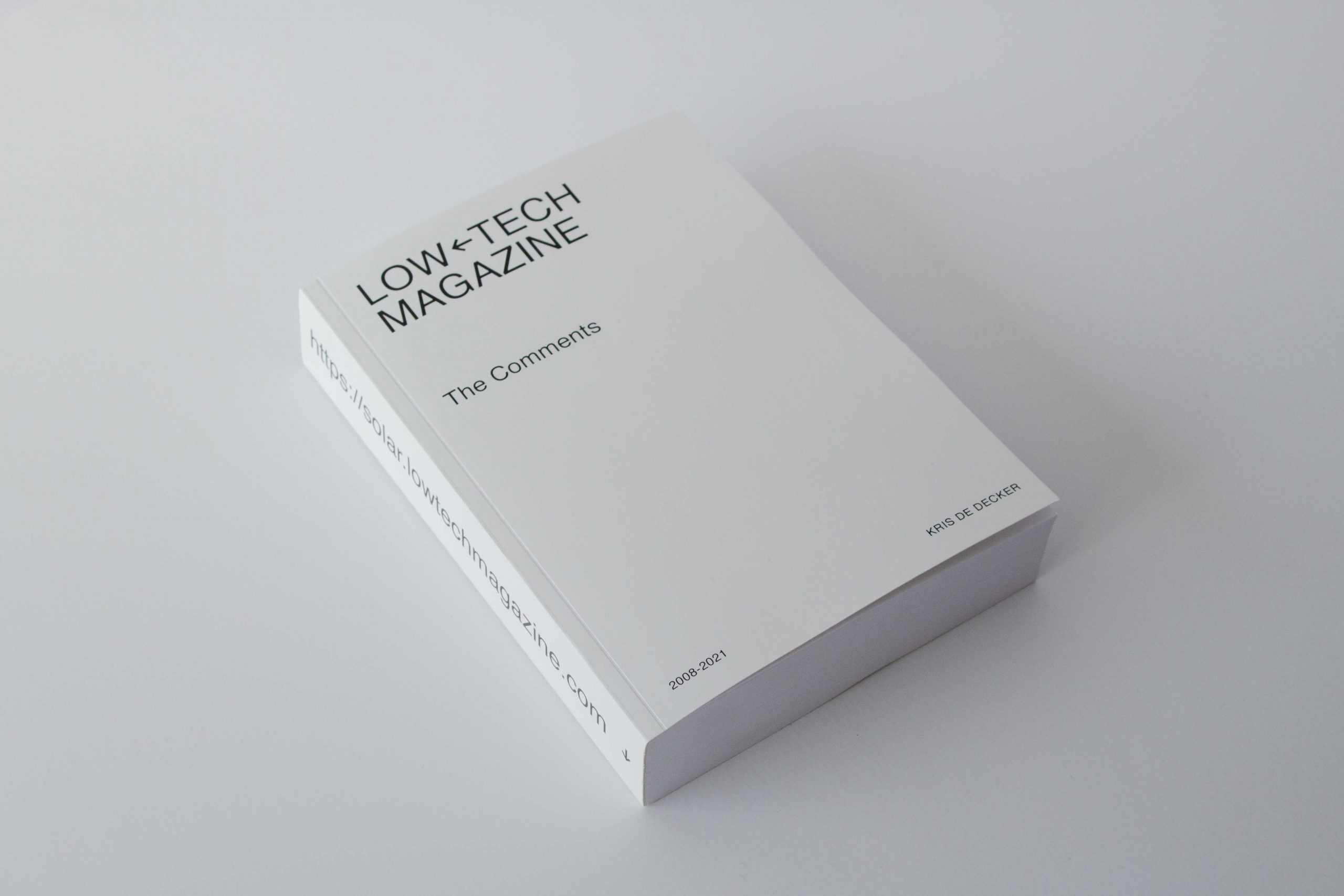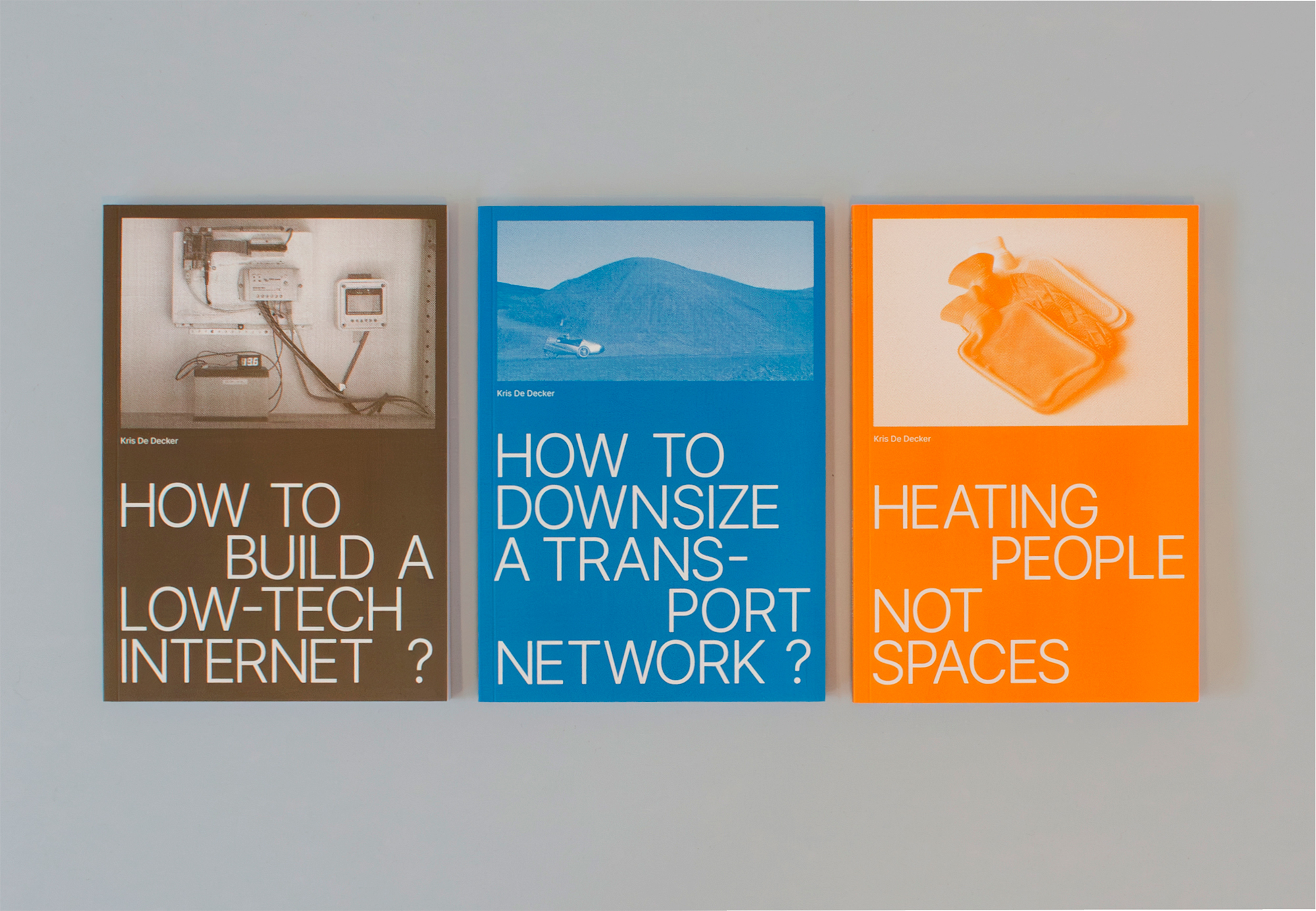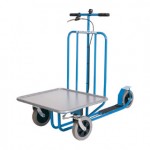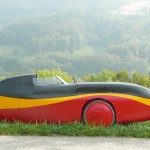Search Results for: bicycle power
Pedal Powered Machines
No Tech Reader #41
- Dissertations on fab labs and maker culture. [Cindy Kohtala] “A list of doctoral dissertations and master’s theses on open design, fab labs, makerspaces, digital fabrication, 3D printing, maker culture, etc.. Contact me to add yours, and sorry if I missed it!”
- Introduction: Alternative Histories in DIY Cultures and Maker Utopias. [Digital Culture & Society] “Activities considered “low-tech”, the non-digital in DIY (Do-It-Yourself) cultures, are often pushed aside in the rush to promote the most photogenic high-tech tools, such as 3D printers, laser cutters and computer numeric-controlled (CNC) routers.”
- Solar Generator Trailer- Electrical System. [Low-tech Lab] “This tutorial presents the sizing and construction of an electrical system for a solar generator (1 kWp or ‘kilowatt peak’) which can be moved by bicycle. This structure was designed to fit on the CHARRETTE, an assisted trailer designed by the Véloma association, whose plans are freely available.”
- Opportunities of living in an urban and low-tech environment. [Low-tech Lab] “Andréane Valot, designer and graduate of ENSCI – Les Ateliers in 2021, shares her assessment of 8 months of experimentation with a low-tech approach to life in an urban environment, in this case applied to her Parisian studio.”
- Rower generator. [Gene’s Green Machine] “I thought it might be a fun challenge to build a rowing machine generator.”
- The Anti-Ownership Ebook Economy. [The Engelberg Center on Innovation Law & Policy] “Something happened when we shifted to digital formats that created a loss of rights for readers. Pulling back the curtain on the evolution of ebooks offers some clarity to how the shift to digital left ownership behind in the analog world.”
- How to generate an Ourzine pdf? [Ourzine] “Ourzines are a way for people to connect with written text without the distractions of digital screens. By refocusing our attention from the unending onslaught of new content to paper, Ourzines give readers the space to choose what they want to engage with and to do so mindfully. No links, no ads, no rabbit holes – nothing but what you have decided to read.”
- Reviving Chromebooks with Ubuntu: Autonomous Servers, Planned Obsolescence, and Permacomputing. [Anarcho Solarpunk] “A tutorial and slight manifesto on reviving end-of-life Chromebooks. How to make them into autonomous servers, and why we need to rethink computing in the age of climate collapse.”
- The buttons on Zenith’s original ‘clicker’ remote were a mechanical marvel. [The Verge] “The Zenith Space Command, one of the first wireless television remotes ever to exist, is a monument to a time before we took the remote for granted. It also just so happened to contain one of the most influential and intriguing buttons in history.”
- Version 2 of my solar-powered, ePaper digital photo frame. [Plotting The Curiosity Vector]
- The myth of neutral tech and the politics of not doing in the attention economy. [Center for Transdisciplinary Gender Studies] “When performance is increasingly monitored, output and achievement glorified, inactivity deemed laziness and laziness deemed undesirable, doing nothing can be a radical act.”
- Clicks of Desire – How the Internet obeys you. [The New Atlantis] “Where once it was occasionally possible to opt out of ‘reality’ (by taking drugs, say), it is now increasingly necessary to think about how to opt in to it.”
- Who Makes Our Smartphones? Four Moments in Their Lifecycle. [The Routledge Handbook of Ecomedia Studies] “We hope we have provided reasons for holding on to smartphones for as long as possible, if for no other reason than to help release some of the pressure on workers laboring across the supply chain.”
- Low-tech et sobriété numérique: une étude d’usages du smartphone. [Université du Québec à Montréal] “Afin d’interroger la sobriété d’une
high-tech, nous nous sommes concentrés sur le smartphone; objet emblématique du quotidien, autour duquel nous avons mené un travail de design. Nous avons ainsi mis au point une pellicule de sobriété numérique, qui permet de flouter l’écran et gêner l’usage du smartphone, créant ainsi une barrière entre l’usager et son objet high-tech. Notre objectif de recherche est d’étudier les effets et la potentielle diminution d’usage quotidien de ce dispositif.”
Low-tech Magazine: The Printed Website
In 2019, Low-tech Magazine finally made the jump from web to paper. The printed archives of Low-tech Magazine now amount to four volumes with a total of 2,398 pages and 709 images.
In 2023, we also launched a thematic book series. Since 2024, all books can be ordered in epub format, too.
Why Paper?
The books are based on the same electronic documents that make up the solar powered website of Low-tech Magazine — all articles were converted to Markdown, a lightweight markup language based on plain text files. However, we have partly rewritten and improved some articles, updated all references, and added more and better images.
The books can be read when the solar powered website is down due to bad weather. In fact, the content can be viewed with no access to a computer, a power supply, or an industrial civilization. A printed website also serves to preserve the content of Low-tech Magazine in the longer run. Websites don’t live forever, and the internet should not be taken for granted.
Low-tech Magazine Volume I (2007-2012)
Low-tech Magazine Volume I contains 32 articles published between 2007 and 2012. The book has 618 pages and 268 images. [Epub edition]
- How to downsize a transport network: the Chinese wheelbarrow
- Medieval smokestacks: fossil fuels in pre-industrial times
- The bright future of solar powered factories
- Pedal powered farms and factories: the forgotten future of the stationary bicycle
- Bike powered electricity generators are not sustainable
- The short history of early pedal powered machines
- Insulation: first the body, then the home
- Aerial ropeways: automatic cargo transport for a bargain
- Hand powered drilling tools and machines
- Boat mills: water powered, floating factories
- Recycling animal and human dung is the key to sustainable farming
- The status quo of electric cars: better batteries, same range
- The sky is the limit: human powered cranes and lifting devices
- Wood gas vehicles: firewood in the fuel tank
- Gas bag vehicles
- Trolley canal boats
- How (not) to resolve the energy crisis
- Hoffmann kilns
- Wind powered factories: history (and future) of industrial windmills
- Water powered cable trains
- Get wired (again): Trolleybuses and Trolleytrucks
- Electric road trains in Germany, 1901 – 1950
- The monster footprint of digital technology
- Cargo ships, then and now
- Moonlight towers: light pollution in the 1800s
- Tiles as a substitute for steel: the art of the timbrel vault
- A steam powered submarine: the Ictíneo
- The Citroen 2CV: cleantech from the 1940s
- Life without airplanes: from London to New York in 3 days and 12 hours
- Satellite navigation in the 18th century
- Email in the 18th century: the optical telegraph
Low-tech Magazine Volume II (2012-2018)
Low-tech Magazine Volume II contains 36 articles published between 2012 and 2018. It has 704 pages and 257 images. [Epub edition]
- How to Build a Low-tech Website?
- We Can’t Do It Ourselves
- Ditch the Batteries: Off-grid Compressed Air Energy Storage
- History and Future of the Compressed Air Economy
- How Much Energy Do We Need?
- Bedazzled by Energy Efficiency
- How to Run the Economy on the Weather
- How (Not) to Run a Modern Society on Solar and Wind Power Alone
- Could We Run Modern Society on Human Power Alone?
- Heat Storage Hypocausts: Air Heating in the Middle Ages
- Why the Office Needs a Typewriter Revolution
- The Curse of the Modern Office
- How to Get Your Apartment Off the Grid
- Slow Electricity: The Return of DC Power?
- Power Water Networks
- Fruit Walls: Urban Farming in the 1600s
- Reinventing the Greenhouse
- How to Build a Low-tech Internet
- The 4G Mobile Internet that’s Already There
- Why We Need a Speed Limit for the Internet
- How Sustainable is Stored Sunlight?
- How Sustainable is PV Solar Power?
- Restoring the Old Way of Warming: Heating People, not Places
- The Revenge of the Circulating Fan
- If We Insulate Our Houses, Why Not Our Cooking Pots?
- Well-Tended Fires Outperform Modern Cooking Stoves
- Modular Cargo Cycles
- High Speed Trains are Killing the European Railway Network
- Power from the Tap: Water Motors
- Back to Basics: Direct Hydropower
- The Mechanical Transmission of Power (3): Endless Rope Drives
- The Mechanical Transmission of Power (2): Jerker Line Systems
- The Mechanical Transmission of Power (1): Stangenkunst
- How to make everything ourselves: open modular hardware
- Electric velomobiles: as fast and comfortable as automobiles, but 80 times more efficient
- Cargo cyclists replace truck drivers on European city streets
- The solar envelope: how to heat and cool cities without fossil fuel
Low-tech Magazine Volume III (2018-2021)
Low-tech Magazine Volume III contains 18 articles published between 2018 and 2021. It has 368 pages and 183 images. [Epub edition]
- How Circular is the Circular Economy?
- Keeping Some of the Lights On: Redefining Energy Security
- Heat your House with a Mechanical Windmill
- Reinventing the Small Wind Turbine
- How to Make Wind Power Sustainable Again
- Mist Showers: Sustainable Decadence?
- Too Much Combustion, Too Little Fire
- How Sustainable is a Solar Powered Website?
- Fruit Trenches: Cultivating Subtropical Plants in Freezing Temperatures
- Thermoelectric Stoves: Ditch the Solar Panels?
- How to Make Biomass Energy Sustainable Again
- How and Why I Stopped Buying New Laptops
- Vertical Farming Does not Save Space
- How Sustainable is High-tech Health Care?
- Urban Fish Ponds: Low-tech Sewage Treatment for Towns and Cities
- How to Design a Sailing Ship for the 21st Century?
- How to Build a Low-tech Solar Panel?
- Fascine Mattresses: Basketry Gone Wild
Low-tech Magazine: The Comments (2008-2021)
Low-tech Magazine: The Comments collects almost 3,000 comments on roughly 100 articles that we published between 2008 and 2021. The articles are in the three other books we have made so far. The book has 688 pages and no images.
Over the years, readers have often stated that the comments on the website are (at least) as interesting as the articles themselves. We agree. Low-tech Magazine would not have been even half what it is now without the comments. You can even take this literally, because the comments take more space than the articles. This is one of the thickest books we have published so far, despite the extra small font we use.
Thematic Books
In 2023, we also launched a thematic book series, with three volumes now available. These books open up Low-tech Magazine’s archive by theme rather than chronologically. Find them in the Lulu bookstore. They are also available as ebooks.
Print on Demand
Printing is done on demand, meaning that there are no unsold copies (and no large upfront investment costs). Our book distributor Lulu.com works with printers all over the world, so that most copies are produced locally and travel relatively short distances.
It takes a bit longer to receive the book, and because each copy goes straight from printer to client, there is no way for us to control the print quality. Quality is excellent is most cases, but if you receive a copy that is badly printed, you should notify Lulu to get a replacement. It’s a very smooth process and there’s no need to return the damaged copy.
The Big Velomobiles Graphic
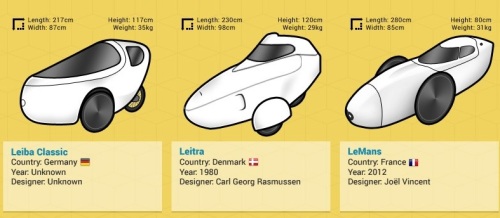 Mads Phikamphon from Denmark published an infographic depicting 27 velomobiles with their specifications and performance. It’s a handy overview for those who are considering to try one of these vehicles that blur the lines between cars and bicycles. The infographic was originally published at Cykelvalg. We leave the word to Mads:
Mads Phikamphon from Denmark published an infographic depicting 27 velomobiles with their specifications and performance. It’s a handy overview for those who are considering to try one of these vehicles that blur the lines between cars and bicycles. The infographic was originally published at Cykelvalg. We leave the word to Mads:
“Most people consider velomobiles as a rather new invention, but the first velomobiles were actually invented much earlier than most people think. In the 1930s you could buy a set of instructions to build your own “Fantom” – a velomobile for 2 persons made out of wood. Thousands of copies of the instructions were sold, but few bikes were built and soon the velomobiles were all but forgotten as cars got more and more popular. It wasn’t until the oil crisis in the 1970s that velomobiles again started to get some attention. A well recognized velomobile from that time is the “Leitra” that remains a popular model amongst many velomobile enthusiasts.”
“As you can see in the graphic below, there are now lots of models to choose between if you want a velomobile, although almost all of them share quite a few characteristics: 3 wheels, an aerodynamic body and room for just one person. Thanks to the aerodynamic body a velomobile is also the fastest HPV or Human Powered Vehicle around. In 2013 a “Velo X3” velomobile reached an amazing 134 km/h (83 mph) and many people expect the “Arion” velomobile to go even faster when it’s ready for testing in 2015. The only big problem that remains is that all the models are rather expensive. No velomobiles are being mass manufactured, so the price of a new velomobile remains at least $3000.” [Read more…]
Blogroll
- AfriGadget
- Appropedia
- Architecture in Development
- BibliOdyssey
- Bicycle Design
- BuildItSolar
- Cabinet Magazine
- Centre for Alternative Technology
- ClubOrlov
- Clusterfuck Nation
- Culture Change
- Dark Roasted Blend
- Death by Car
- Do the Math
- Doors of Perception
- DudeCraft
- Econfuture
- Energy Balance
- Energy Bulletin
- Energy & Stuff
- Engineering for change
- Farmhack
- Framablog
- Global Guerrillas
- Global VoicesHuman Power Plant
- How to save the world
- Human Power Plant
- IEEE Spectrum Online
- iFixit
- Instructables
- Internet Archive
- Journal of Humanitarian Engineering
- Lloyd Alter
- Lloyd Kahn’s Blog
- Local Futures
- Logic Magazine
- Low Impact
- Low-Tech Lab
- Low Technology Institute
- Makeshift
- Makezine
- Metafilter
- Microsiervos
- Modern Mechanix
- Monbiot
- Mother Earth News
- Mr. Money Mustache
- Natural Building Blog
- Old & Interesting
- Our finite world
- P2P Foundation
- Primitive Technology
- Pruned
- Ran Prieur
- REculture
- Reddit Energy
- Restoring Mayberry
- Rex Research
- Rice Farmer
- Root Simple
- Slashdot
- Survival Blog
- Survival International
- Tecnología Obsoleta
- The Accidental Hermit
- The Archdruid Report
- The Automatic Earth
- The Carpentry Way
- The Dark Mountain Project
- The Internet of Shit
- The Oil Drum
- The Oil Drum Europe
- The Roots of Progress
- The Shift Project
- The Simpler Way
- The Technium
- Things Magazine
- Timbuktu Chronicles
- Treehugger
- Urbanarbolismo
- Wired
- Yale Environment 360
Ride Your Bike Faster or With Less Effort Using a Partial Fairing
The rolling friction of the tyres is the main resistance acting on a bicycle at speeds below 10 km/h (6 mph). At higher speeds, air resistance becomes far more important. It accounts for more than 80 percent of the total force acting to slow the vehicle at a speed of 35 km/h (22 mph). At this speed, it would take a power output of 345 watts just to overcome air drag when riding an upright commuting bike (on a level road in calm conditions). Riding a velomobile (a recumbent cycle with a fairing) can lower air resistance dramatically, reducing power to overcome drag to about 30 watts at a speed of 35 km/h.
 However, velomobiles are expensive. A much cheaper option is the use of a partial fairing. These wind screens, made of shatter resistant polycarbonate plastic, are mounted at the handlebars. A partial fairing is placed so that the rider is able to see over it, not through it. Apart from reducing air resistance, it is also an effective shield against bugs, rain, cold air, and road debris.
However, velomobiles are expensive. A much cheaper option is the use of a partial fairing. These wind screens, made of shatter resistant polycarbonate plastic, are mounted at the handlebars. A partial fairing is placed so that the rider is able to see over it, not through it. Apart from reducing air resistance, it is also an effective shield against bugs, rain, cold air, and road debris.
Partial fairings are available for different types of upright bicycles, and for recumbents. They weigh between 600 grams and 1.5 kg, depending on the model, including mounts. These accessoiries, which can often be seen on motorcycles, are relatively unknown to cyclists, mainly because they are outlawed in conventional bicycle racing.
When used in combination with a road bike in touring position (with the hands on the handlebar), a partial fairing brings the power required to overcome air resistance at 35 km/h down to 157 watts. This compares to 220 watts for an unfaired road bike in touring position, and to 176 watts for an unfaired road bike in (a much less comfortable) crouched position and wearing tight clothing. A partial fairing on a road bike thus offers a similar advantage to that of an unfaired recumbent (148 watts). With a headwind, the advantage of improved aerodynamics becomes even larger. One disadvantage of fairings is their sensitivity for crosswinds gusts. It takes some practice to get used to them.
The numbers above were taken from “Bicycling Science” (third edition), by David Gordon Wilson, pp 188. The result for the partial fairing concerns an older model, so it might be an underestimation. Picture: a small partial fairing by Zzipper.
